What is the Best Vulnerability and Patch Management Process?
Vulnerability and patch management are indispensable necessities for businesses of all sizes to maintain network security. These processes are crucial for protecting against cyber threats, making their importance undeniable.
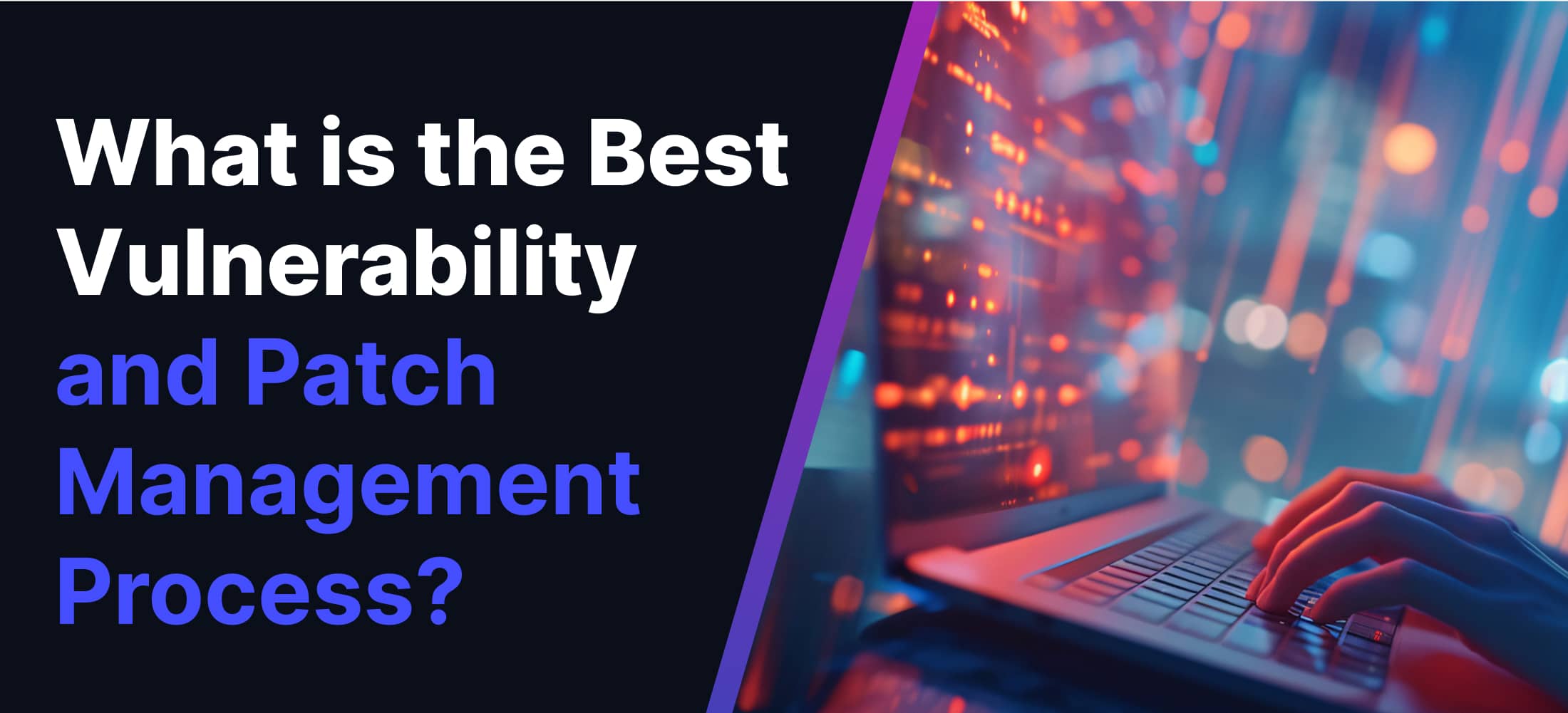
Professionals from Easy2Patch authored this blog post titled 'What is the Best Vulnerability and Patch Management Process?' We want to educate businesses concerning the need for cybersecurity and help them strengthen their defenses.
Vulnerability management addresses software and system weaknesses proactively, preventing hackers from exploiting them. Patch management is equally vital. It involves the identification, testing, deployment, and verification of patches for operating systems and applications found on devices. The financial implications of overlooking vulnerability and patch management are staggering. Discover the eye-opening realities of neglecting patch management costs in one of our latest blogs, “The Cost of Ignoring Software Patching and How Easy2Patch Patch Manager Empowers Your Solutions.”
Furthermore, a comprehensive approach to cybersecurity demands continuous monitoring, vulnerability assessment, risk management, updates, and proactive measures.
Now, it's time to explore the Vulnerability Management Process.
Vulnerability Management Process
Vulnerability management is a continuous process to address security shortcomings in the organization's IT setup. We've outlined this process into four clear steps and instructed execution of each one.
Step #1: Vulnerability Scan
A vulnerability scan is composed of multiple steps to assess vulnerabilities on a network: The scan will first ping or send TCP/UDP packets to all systems that can be reached from the network to find out what systems are present on the network. It will then discover what ports and services are open on all the systems that are accessible on the network, which can hint at vulnerabilities. For things it can log into remotely (with permission), the scan may go into some of the systems and run command lines so that it can get more detailed information about the system, such as what software it has, how it is configured, etc.
Vulnerability management solutions can detect specific vulnerabilities and provide detailed recommendations on how to remediate them; however, determining the best ways to remediate them requires collaboration with organizational stakeholders. This is because approaches can vary from simple ones (such as a software patch) to complex ones involving infrastructure changes, depending on the nature and criticality of the vulnerabilities. It is also important to perform post-remediation vulnerability scans to evaluate the results and determine whether the vulnerability has been effectively addressed or not.
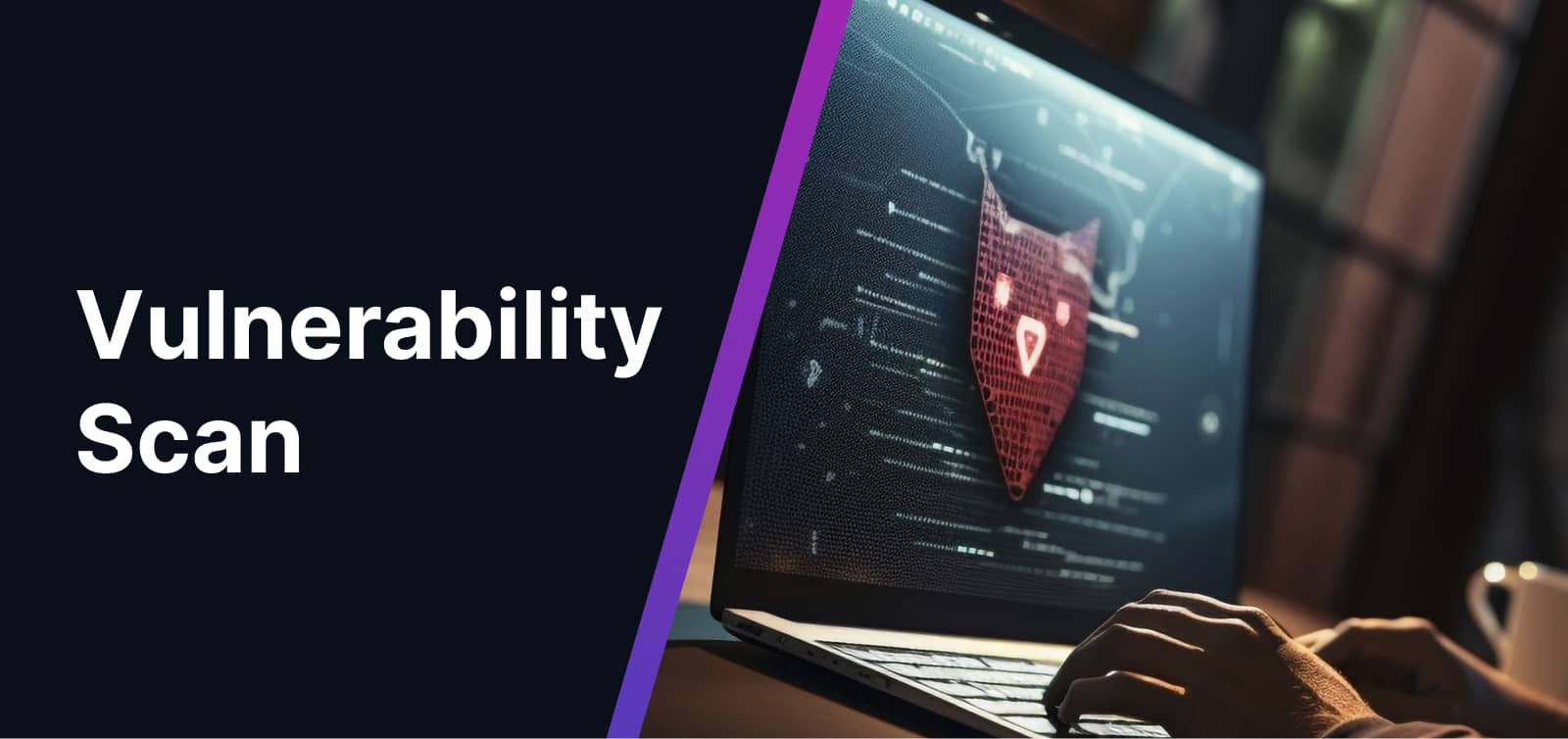
How to Perform a Vulnerability Scan
- Utilize a vulnerability scanner at the core of the process.
- The scan involves four stages:
- Scan network-accessible systems.
- Identify open ports and services.
- Gather detailed system information, if possible.
- Correlate system information with known vulnerabilities.
- Configure scans to avoid disruption to networks and systems, scheduling scans during off-peak hours if necessary.
- Employ adaptive scanning to streamline scans based on network changes.
- Consider endpoint agents for continuous vulnerability data gathering.
Step #2: Assess Vulnerability Risk
The next step is to assess their associated risks. This means figuring out how serious each problem is and what kind of damage it could cause. To do this, we use tools that give us ratings and scores for the risks, like the Common Vulnerability Scoring System (CVSS). These scores help us understand how important it is to fix each issue. However, assessing vulnerability risk involves considering various factors beyond these standardized ratings.
Organizations need to check if a vulnerability is real or a mistake and see if hackers can use it from the Internet. A "false-positive" means a security tool wrongly says something's a vulnerability when it's not. Also, think about how hard it is to hack, if there's known code for it, how it could affect business, and if current security measures work.
How to Perform a Vulnerability Risk Assessment
- Use the risk ratings and scores from vulnerability management platforms, like CVSS scores.
- Consider additional risk factors beyond out-of-the-box ratings:
- True or false-positive identification.
- Exploitability from the Internet.
- Difficulty of exploitation.
- Existence of known exploit code.
- Potential impact on the business.
- Effectiveness of existing security controls.
- Age of vulnerability.
- Validate vulnerabilities through penetration testing to eliminate false positives and gain insights into actual risks.
Step #3: Prioritize & Address Vulnerabilities
Organizations need to assess vulnerabilities and understand associated risks. They must prioritize remediation efforts accordingly by determining the most urgent threats. Remediation strategies include complete fixes, mitigations, or acceptance of certain risks. Vulnerability management solutions offer remediation techniques. Collaboration with stakeholders helps choose the best approach. Remediation activities vary based on vulnerability severity. Post-remediation scans verify effectiveness. Prioritizing and addressing vulnerabilities systematically strengthens cybersecurity.
How to Prioritize & Address Vulnerabilities
- Consider different treatment options:
- Remediation: Fully fixing or patching vulnerabilities.
- Mitigation: Reducing the likelihood or impact of exploitation.
- Acceptance: Accepting the risk without taking action.
- Implement recommended remediation techniques provided by vulnerability management solutions.
- Engage stakeholders to determine the most suitable approach for each vulnerability.
- Perform remediation activities. They range from simple patching to complex infrastructure changes.
- Verify remediation effectiveness through post-remediation vulnerability scans.
Step #4: Continuous Vulnerability Management
Vulnerabilities pop up quickly, putting companies at risk. To stay safe, companies need to keep up with threats by being proactive. They can do this by keeping an eye on vulnerabilities all the time. Some tools help with this. They let companies scan data and make reports and dashboards to track vulnerabilities and follow rules.
How to Implement Continuous Vulnerability Management
- Make sure to check for weaknesses often to see how well the program is doing.
- Use tools to find and show scan results. Make reports and dashboards that suit your needs.
- Keep an eye on trends in weaknesses over time to see where things need to get better.
- Make sure you follow the rules by keeping an eye on things all the time and making reports.
- Stay on top of new threats and changes in the computer system by always looking for weaknesses.
Now, it’s time to explore the Patch Management Process.
Patch Management Process
We need to do more than just install patches when they come out. We have to be strategic about it. We need a plan that keeps our systems running smoothly while also keeping them safe. A good patch management process can protect us from cyber-attacks and help us stay strong against new threats.
1. Inventory Management
This stage involves identifying and documenting all assets and systems within the organization, including software, hardware, and production environments. This inventory serves as a foundation for subsequent patch management activities. Because it helps us figure out what we've got, what's risky, what needs fixing first, how to allocate our resources if we're following the rules, and how to make changes go smoothly. It's like having a blueprint of what's in our toolbox and how we can use it to keep everything running smoothly.
2. Monitoring Vulnerabilities and Patches
Continuously monitor new vulnerabilities and patches that might affect our systems and apps. We need to check external sources and use internal tools to stay on top of potential threats.
3. Risk Assessment and Prioritization
Evaluate vulnerabilities and decide which ones are most important to fix first. We consider factors like how serious the vulnerability is, which systems it affects the most, and what could happen if someone takes advantage of it.
4. Testing
Before deploying patches, thoroughly test them in a controlled environment to confirm they function correctly and don't negatively impact system functionality or performance.
5: Patch Deployment
Once patches have been tested and deemed suitable for deployment, implement them across the organization's systems using appropriate deployment methods. This step may involve automated patch management systems or manual installation processes.
6. Verification
After deploying patches, confirm the successful application on all relevant systems and verify their proper functionality. Monitor patch status to identify any issues or discrepancies that may require further attention.
7. Continuous Monitoring
Keeping your systems safe requires constant attention. You need to keep an eye out for any new weaknesses or dangers that might pop up. Make sure you're regularly checking how well your patches are working and be ready to change things up if you spot any new security risks.
8. Documentation and Reporting
Keep careful track of everything you do with patches. That means keeping records of what's in your system, checking for weaknesses, putting patches in place, and making sure they've done the job properly. Then, share updates with the people who need to know, so they can see how things are going with security and following the rules.
Patch management vs. Vulnerability management
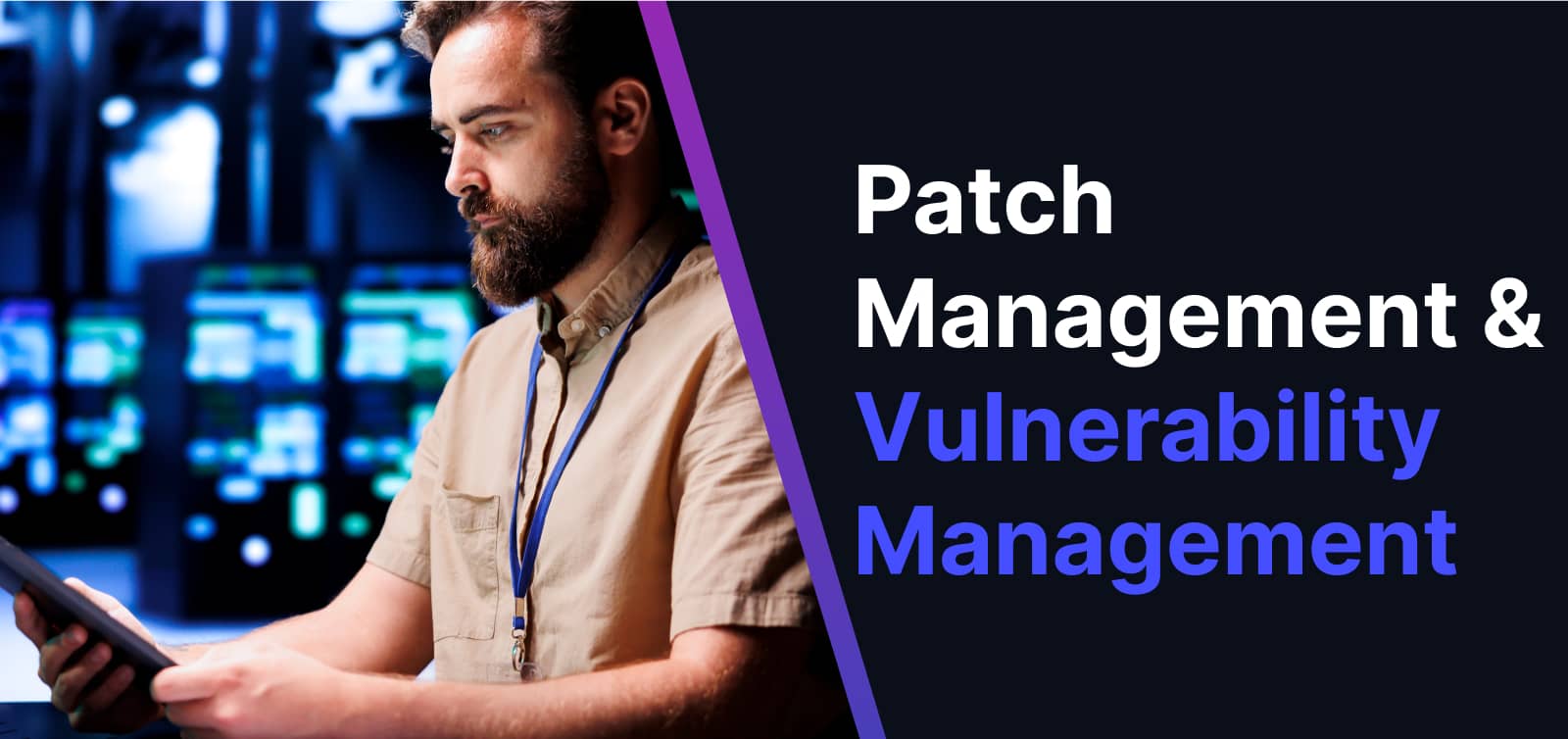
Cybersecurity comprises patch management and vulnerability management, distinct yet interconnected processes.
Vulnerability management involves identifying, categorizing, and assessing vulnerabilities. Then, prioritizing them based on severity to mitigate risks. Automated vulnerability management tools scan networks and create reports that list vulnerabilities based on how critical they are, helping prioritize efforts to fix them.
On the other hand, patch management specifically addresses software vulnerabilities. It includes identifying, acquiring, testing, and installing patches to rectify bugs or security issues.
While vulnerability management finds vulnerabilities, patch management applies fixes. Timely patching is crucial as many cyber exploits occur post-patch release. In scope, vulnerability management is broader, covering identification, assessment, and prioritization, while patch management focuses on patch implementation.
Patch management depends on vulnerability management for identifying vulnerabilities needing remediation. Automation varies; vulnerability management tools automate discovery, while patch management often involves specialized software. Both processes require collaboration, relying on comprehensive inventories and sharing goals of risk mitigation. Vulnerability assessment and patch management tools, though independent, support common workflows, emphasizing their interdependence.
Easy2Patch Third Party Patch Management streamlines patch management process by seamlessly integrating with existing systems like WSUS, ConfigMgr, and Intune.
Get started with our patch management software for free
Get 30 Day Premium Trial2024 Best Practices For Effective Vulnerability and Patch Management
Let's talk about how patch management can make your organization safer from cyber threats. When you keep your systems up to date with patches, you're less likely to get hit with security issues. So, here's a simple best practice for patch management. However, for a deeper understanding of effective patch management, delve into our 2024 article titled “Patching Up Security: 13 Best Practices for Effective Patch Management in 2024.”
- Integrate Vulnerability and Patch Management: The security team should oversee the interconnected processes of vulnerability and patch management to ensure smooth resolution.
- Utilize Comprehensive Solutions: Employ unified platforms for detecting, prioritizing, and fixing vulnerabilities to cut down on manual work and boost collaboration between IT and security teams.
- Implement Daily Scanning: Perform automated vulnerability scans daily, preferably with software agents, to keep track of vulnerabilities in the organization's setup in real time.
- Perform Remote Scans: Carry out remote unauthenticated vulnerability scans to understand potential attack routes from an attacker's viewpoint.
- Rapid Patching: Quickly patch high-risk vulnerabilities, especially on crucial systems or the network perimeter, ideally within 48 hours of spotting them.
- Automate Patch Deployment: Automate the process of deploying patches, particularly for apps that pose significant vulnerabilities or aren't vital to the organization's operations.
- Set Clear Expectations: Set clear expectations and ensure teams follow through by using organizational agreements like service-level agreements (SLAs) to make sure patches are managed promptly and effectively.
- Encourage Collaboration: Foster collaboration among security, IT, and DevOps teams by ensuring everyone understands the terms and the importance of patching.
- Prepare for Disasters: Develop and uphold disaster recovery processes to handle potential issues or failures arising from patch management activities.
- Define Policies and Procedures: Create clear guidelines for spotting, testing, and deploying patches, maintaining an updated inventory, and ensuring transparent communication across teams.
- Prioritize Critical Patches: Evaluate the risk level of vulnerabilities and prioritize patch deployment accordingly, keeping tabs on vendor announcements for critical vulnerabilities.
- Conduct Thorough Testing: Rigorously test patches before deployment to minimize conflicts or issues, and regularly back up systems to reduce downtime in case of failures.
- Track and Document Progress: Document the status of patching and deviations from standard procedures, using dedicated tools to monitor progress and maintain an audit trail.
- Allow User Intervention: Implement flexible deployment policies, allowing users to delay updates if necessary to minimize disruptions to productivity.
Conclusion
To sum up, every business, regardless of size, needs effective vulnerability and patch management. This blog emphasizes the importance of these processes for finding and fixing security weaknesses in software and systems before they become a problem.
Vulnerability management involves continuously identifying, assessing, prioritizing, and fixing security issues in an organization's IT setup. By following the structured vulnerability management process discussed here, organizations can deal with potential weaknesses before bad actors exploit them.
Similarly, patch management requires a strategic and systematic approach to promptly and effectively address vulnerabilities. Every step in the patch management process, from keeping track of inventory to continuously monitoring for issues, is crucial for maintaining operational efficiency and strong security.
Neglecting these processes can lead to significant financial implications and expose businesses to serious security breaches. Therefore, by investing in effective vulnerability and patch management practices, organizations can strengthen their cybersecurity defenses and mitigate the risk of cyber attacks.
Easy2Patch is your ultimate ally in organizational security. How? By offering centralized and automatic updates for your selected applications straight from the catalog. But that's not all! Easy2Patch goes the extra mile by providing visibility and security features. With Easy2Patch, you're not just securing your organization; you're revolutionizing the way you safeguard it.
Frequently Asked Questions
Patch management is the process of applying vendor-issued updates (known as “patches”) to close security vulnerabilities and optimize the performance of software and devices. It aims to balance cybersecurity needs with operational requirements. Easy2Patch third-party patch management is trusted by thousands of IT teams Around The World.
Vulnerability management is the ongoing process of identifying, assessing, reporting, managing, and remediating cyber vulnerabilities across endpoints, workloads, and systems. It helps prevent data breaches and ensures system resilience.
Vulnerability and patch management are important for several reasons:
- They enhance security by addressing vulnerabilities promptly.
- They improve system performance and minimize downtime.
- They help prevent data breaches and ensure system resilience.
- Compliance regulations often mandate regular scans and updates.
Tools commonly used in vulnerability and patch management include:
- Atera for automated patch deployment.
- Qualys Vulnerability Management for accurate scanning and patching.
- Rapid7 InsightVM, Tenable Nessus, and Qualys VMDR for vulnerability management.
Vulnerability scans should be conducted regularly. While quarterly scans are typically recommended, the frequency may vary based on specific organizational needs and compliance regulations.
Automation is fundamental in vulnerability and patch management as it streamlines patch deployment processes, enhancing efficiency. It also automates vulnerability assessments, ensuring continuous monitoring and timely remediation. Additionally, automation integrates testing tools into deployment pipelines, facilitating seamless and automated vulnerability management throughout the software development lifecycle.
IT Automation Key Benefits and Best Practices

What Is Vulnerability Management?
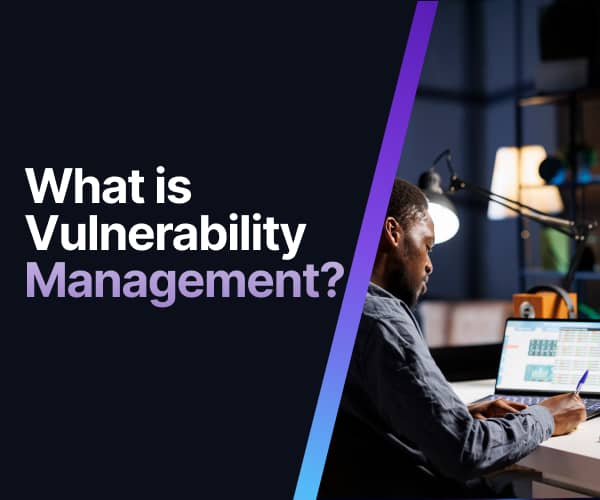
Ultimate IT Risk Management Guide 2024: Best Practices, Strategies, and Tools
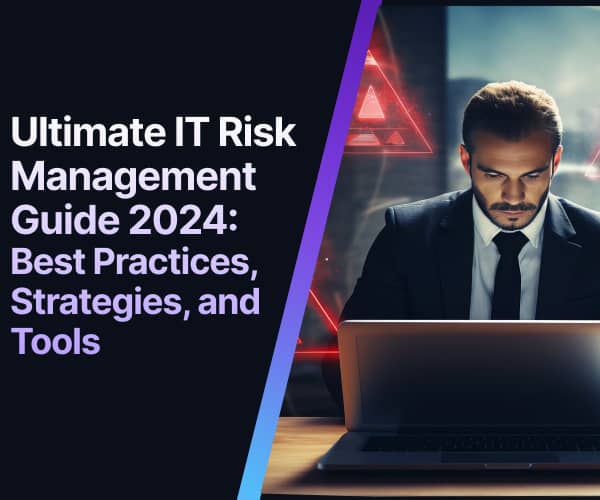
Best Practices for IT Infrastructure Management in 2024

What is Windows Patch Management? Features, Challenges, and Best Practices in 2024
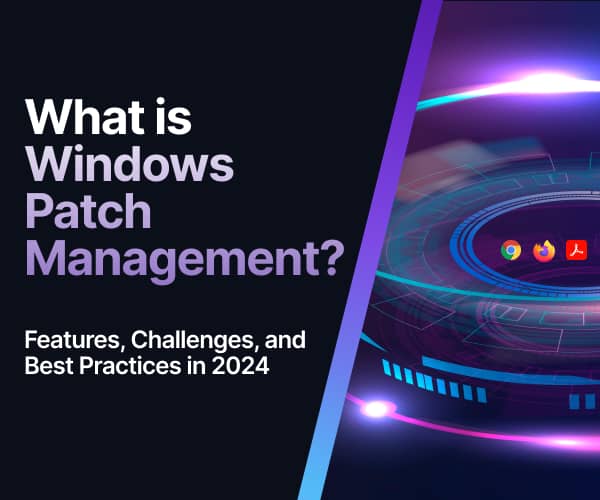
What are the Cybersecurity Risks Associated with Outdated Software and Operating Systems?






